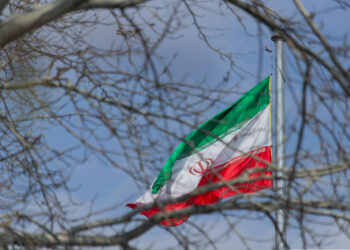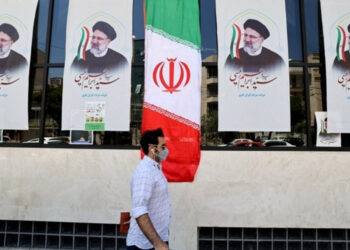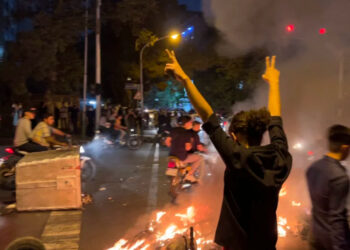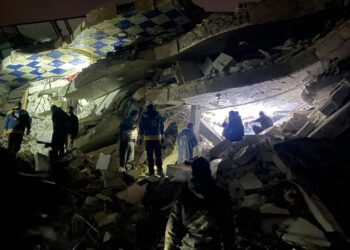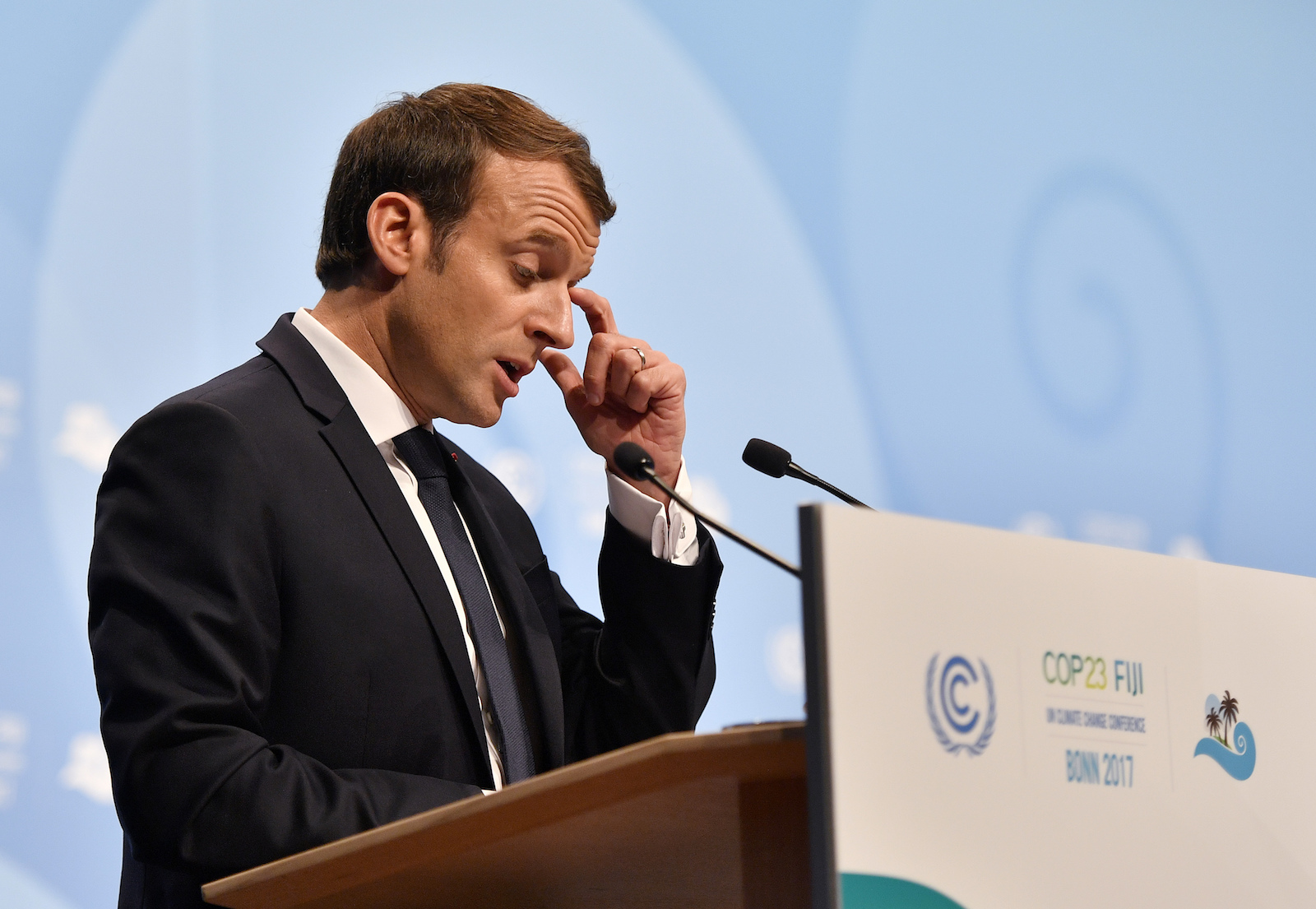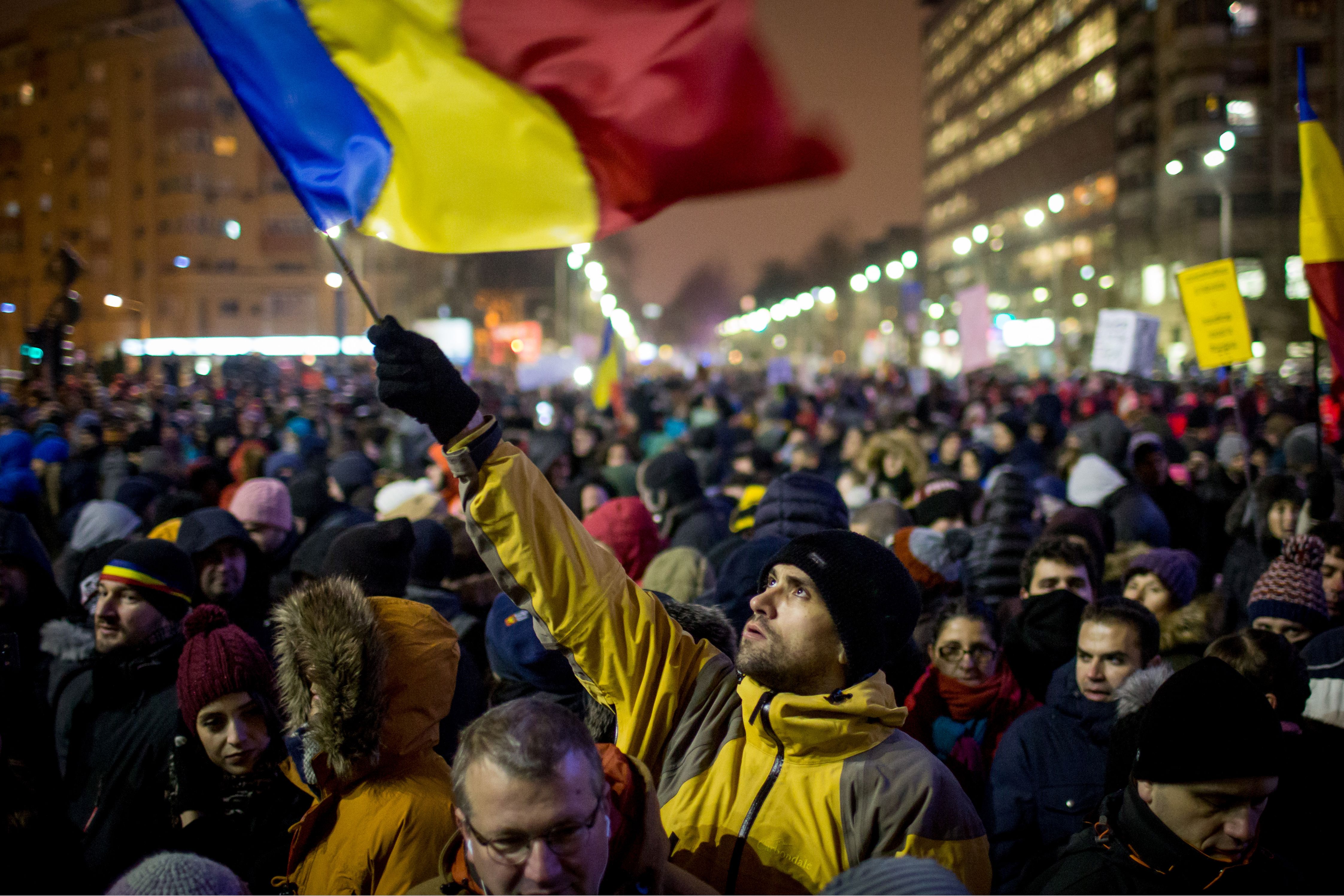In a western Iranian town devastated by this week’s powerful earthquake, families are sleeping on the rubble of their homes and were fashioning reed shelters to offer protection from the elements on Wednesday, saying authorities haven’t delivered enough tents ahead of the fast-approaching winter.
Icy rains will be coming soon to Sarpol-e-Zahab, hard hit by Sunday’s 7.3 magnitude earthquake, which killed more than 530 people and injured thousands. Survivors in other towns and villages nestled in the Zagros Mountains face the same tough conditions, still awaiting badly needed aid three days later.
Iranian officials from Supreme Leader Ayatollah Ali Khamenei on down have urged quick distribution of supplies and relief material. However, logistical problems, alleged theft and other issues have plagued the response to the disaster in one of Iran’s predominantly Kurdish regions.
“Our things are still in the house under the rubble, but nobody dares go and take them,” survivor Shahla Rezaei said. “We went inside to grab children’s school books and some other things but an aftershock hit and we had to escape.”
Public order broke down in many areas as aid came in, with families not affected by the quake carting off aid intended for survivors, according to officials, who say police have been deployed to prevent further siphoning.
Many in the Kurdish town of Sarpol-e-Zahab, home to half the casualties from the temblor, told The Associated Press that they still have not received aid and that they need help to remove debris so they can retrieve essential belongings.
Reports said more than 12,000 tents were distributed in the area, though more than 30,000 houses were affected by the quake – 15,500 of them completely destroyed. That forced some residents to construct reed huts.
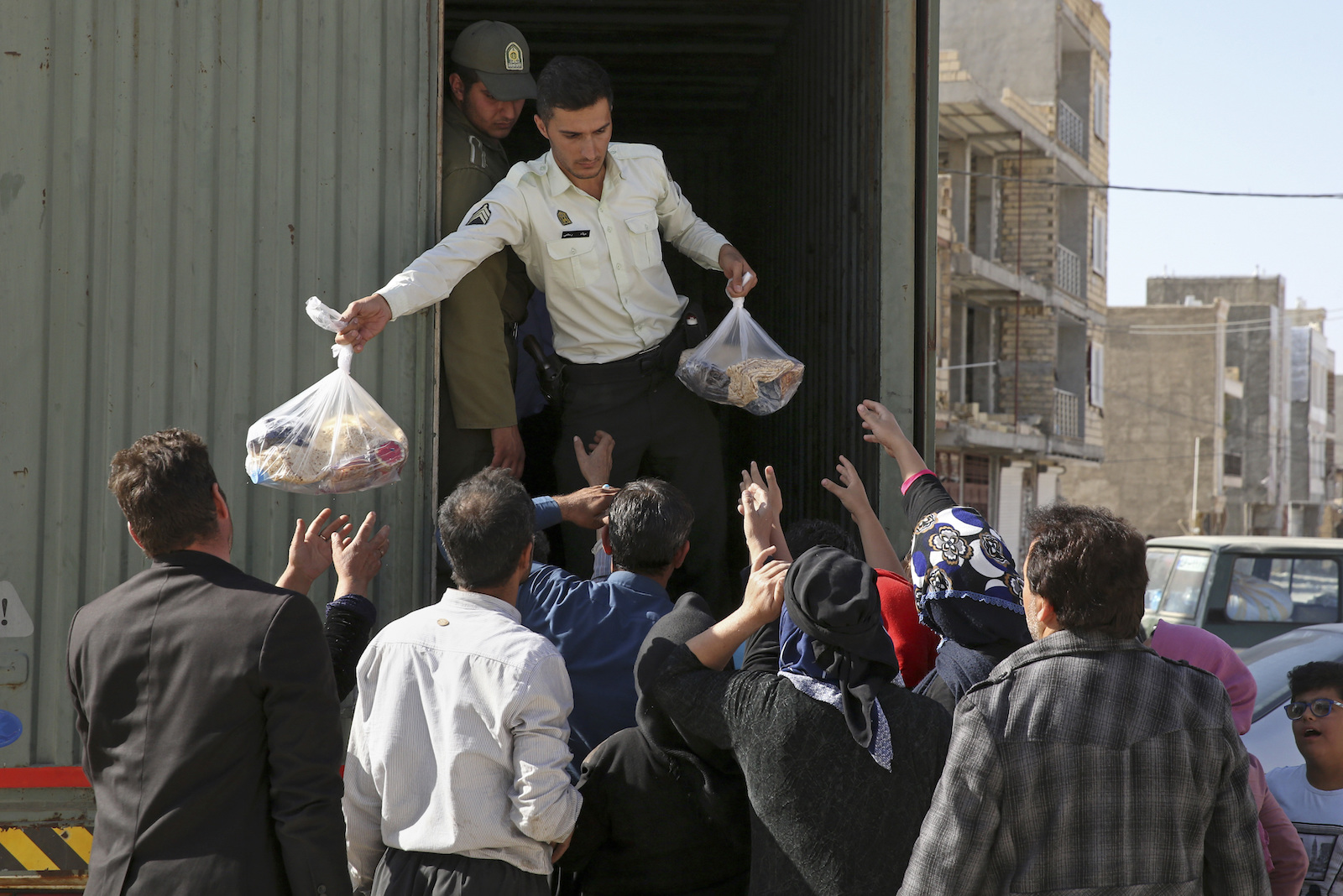
Parastou Rezaei, a survivor and a mother of two, thanked those from other towns who came to give people blankets.
“We do not have enough tents,” Mr. Rezaei said. “We have to make fire outside the tents at night and keep putting wood in it until morning to protect us from the cold.”
Tofigh Merazi, a father of six, including a daughter with a broken leg in a cast, urged the government to provide some kind of shelter, even shipping containers.
“Look at the leg of this child. It is broken. Where should we take her?” he asked.
Iranian state television showed people in Bam, where a magnitude 6.6 earthquake killed 26,000 people in 2003, offering ton of dates to those affected. However, tents appeared to be the primary need.
On Tuesday, Khamenei called for continued aid shipments to the area ahead of the “difficult cold season.” Interior Minister Abdolreza Rahmani Fazli told an open session of parliament Wednesday that a total of 36,000 tents had been sent to the region, including those already distributed.
Authorities blamed the security situation on some aid not reaching those needing it. Morteza Salimi, of the Iranian Red Crescent, told state TV that despite there being enough aid, “there were some problems in distributing the relief. … Safety and security were violated.”
State media made a point to circulate images and video of Bijan Namdar Zangeneh, Iran’s oil minister who is a Kurd, visiting the region and speaking to those affected in Kurdish. Farsi remains the only governmentally recognized language in the country, though Kurdish and other minority languages are recognized at the provincial level and in local media.
Newly constructed government housing in the region, which was devastated by Iran’s 1980s war with Iraq, collapsed. That’s raised questions about that housing project, known as “Mehr” or “kindess” in Farsi, which was a cornerstone of hard-line former President Mahmoud Ahmadinejad‘s populist appeal. Mr. Ahmadinejad’s supporters have dismissed the questions as a smear of his legacy.

The official IRNA news agency said 530 were killed while state TV put the number at 432. At least 100 people are believed to have been buried by families in rural villages without going to authorities for death certificates, which may explain the discrepancy.
The quake injured 9,388 people, according to a Wednesday report by the state-run IRNA news agency.
The temblor hit about 19 miles (31 kilometers) outside the eastern Iraqi city of Halabja, according to the U.S. Geological Survey, and struck 14.4 miles (23.2 kilometers) below the surface, a somewhat shallow depth that can amplify the damage.
In Iraq, nine people were killed and 550 were injured, all in the country’s northern Kurdish region, according to the United Nations.



